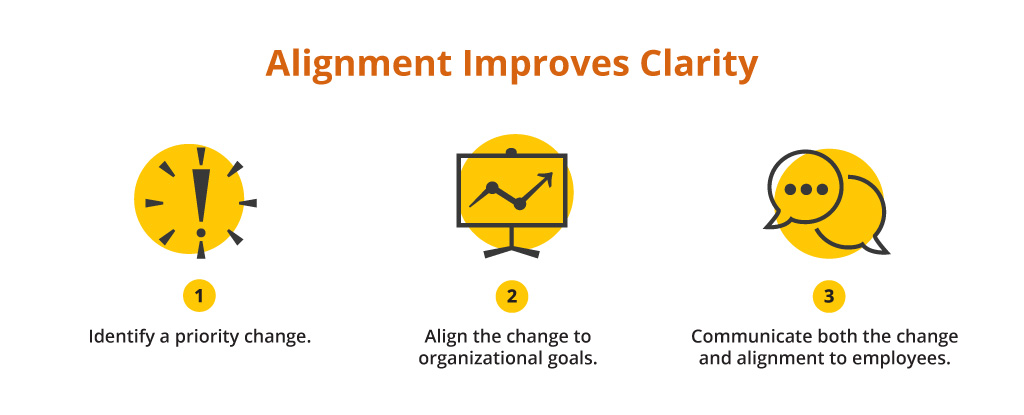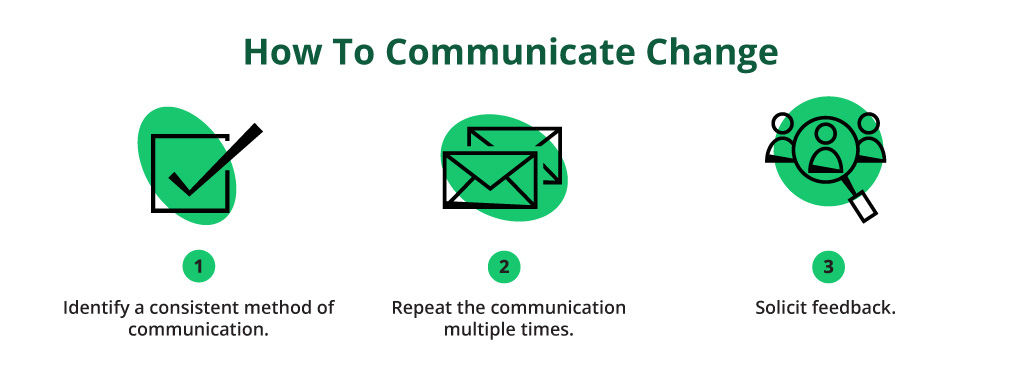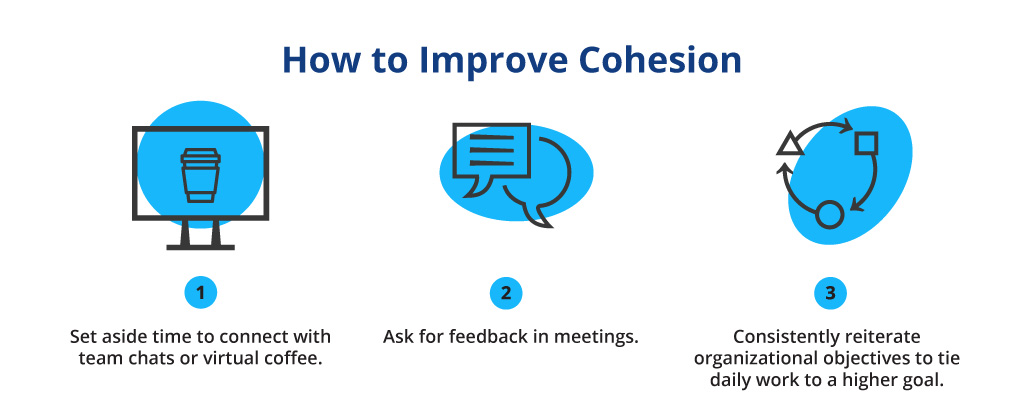In light of the last two years, it makes sense that employees want to work for organizations that have a clear vision for the future, with a focus on relationships and effective communication. As we shared in an earlier Wiley Workplace Research article, employees said that when those things are present, they are less stressed and more productive. Conversely, employees who work for an organization that lacks direction and has poor communication feel higher levels of stress and are less productive, which could lead to employee burnout.
Burnout, defined by the World Health Organization (WHO) as feelings of energy depletion or exhaustion, increased mental distance from one’s job, feelings of negativism or cynicism related to one’s job, and reduced professional efficacy, is a huge problem for organizations. It can lead to turnover, disengagement, and loss of productivity. It’s an even bigger problem for people because it can cause a lack of fulfillment, exhaustion, and poor performance. The instability and chaos of the pandemic, followed by sudden staffing shortages caused by The Great Resignation, have only increased these feelings, and has led to a recent phenomenon called “Quiet Quitting.”
Originating on the social media platform TikTok, the concept of Quiet Quitting was that burned out employees declared that they were no longer going to go to above and beyond for organizations that have not prioritized people in the years since the pandemic and subsequently, The Great Resignation. Many employees who decide to Quiet Quit have been tasked with doing the jobs of multiple people and working extra hours with less communication from organizational leadership, often with no added compensation or benefits to match the increased workload and stress. In fact, Quiet Quitting is a bit of a misnomer, as individuals are not quitting their jobs, but instead are embracing more healthy boundaries around their work lives as a result of burnout.
As firm believers that an organization’s true potential lies within its people, we wanted to learn more about the causes of burnout, its pervasiveness, and how to help organizations create a culture that engages and supports employees – no Quiet Quitting needed.
To have a better understanding, we asked 5,014 professionals, individual contributors, and C-suite executives alike, about burnout. The results are alarming, with 97% experiencing some level of work-related stress and a shocking 86% reporting feelings of burnout. That’s why we’ve dedicated an entire series to this topic. Over the next few months, we’ll be sharing our research findings around employee burnout, so that you can take actionable steps to reduce its impact on your organization.

What Causes Burnout?
While there are many sources that can lead to feelings of burnout, we found that having rapidly shifting priorities can be a key driver. Of course, it’s natural for organizational priorities to change based on demand or need. During the pandemic, many organizations were compelled to pivot and reexamine their business models and strategies, and in the aftermath of The Great Resignation they have had to adjust to an almost constantly changing workforce. With all of these rapid changes being implemented over the past few years, employees feel the pace has yet to slow down and are often tasked with taking on job responsibilities outside the scope of their role to make up for the loss of people and positions. In fact, 63% of the people we surveyed felt the amount of change and initiatives within their organization had increased since last year. The sheer number of priorities, often contradictory or competing, make it challenging for employees to effectively support and implement new company strategies.

On top of the increased number of priorities, employees feel like they are being kept in the dark about what’s happening at a leadership level. Almost half of employees surveyed said leadership failed to communicate prior to executing changes in strategy. What’s interesting is that 60% of the executives in our survey felt these changes were communicated, which highlights a well-known insight: It’s not always a lack of communication, but rather a disconnect between how information is presented and how it is received. This misunderstanding can unintentionally bolster feelings of stress or employee burnout.
Managers Set the Tone – and Need Support
Managers are expected to pivot and implement changes to meet the diverse demands of their organization.To do this, they need to not only understand leadership priorities and changes in strategy, but also how to communicate them effectively while engaging a potentially stressed and overwhelmed workforce. They must also be prepared to support the implementation of these new initiatives so they can effectively lead their teams through change and reduce the risk of employee burnout throughout the process by creating a culture that engages employees instead of alienating them.
In our survey, only half of managers said they knew why shifts in priorities and changes in strategy were being made. This lack of clarity risks amplifying feelings of uncertainty and confusion, increasing the risk of wasted time, strained relationships, and lowered team performance. As we shared in a previous Wiley Workplace Research article, managers are stressed, and they continue to need support to be effective at their jobs. They are facing constant pressure to perform despite the increased workloads, constant changes, understaffed teams, and inadequate communication from leadership that can lead to the feelings that precipitate the decision to Quiet Quit. This, coupled with an unclear understanding of how they are expected to implement strategic changes within their teams has not only given rise to manager burnout, but likely added to feelings of burnout among their team members.
It’s clear that employees and managers alike are experiencing burnout for a variety of reasons. Although it is doubtful that the pace of change is going to slow down anytime soon, there are steps you can take to reduce systemic burnout at your organization.
How to Reduce Burnout and Prevent Quiet Quitting
First, real time agility and adaptation to change should be skills that are valued and promoted within your organization. Having a solid and well-considered rollout plan when it comes to new strategies is also recommended. Organizations can simplify and clarify changes in their strategy by taking a “less is more” approach. While there are many ways to achieve clarity, we suggest changes be conceptualized within the framework of the company’s vision and values. When people see the connection between new initiatives and the overall company vision, they’re more likely to understand and support the new plans.

Once changes in strategy have been aligned with the company’s vision and initiatives, they must be shared with all employees using an effective communication plan. The plan should include opportunities to share your message across multiple channels and with proper consistency. In this case, repetition is key to reaching as many employees as possible.

Another way to manage employee burnout amid constant change is by shaping a culture of connectedness, not just to the strategy but to each other. Our research revealed that two-thirds of employees feel there is a lack of cohesion in their organization due to rapidly shifting priorities and this constant change leaves many feeling directionless and alone – a key factor in why people choose to Quiet Quit. Leadership must ensure that there is a culture of interconnectedness, so employees feel supported and engaged with their organization and their people.

With clear communication, engagement, and agility organizations can create cultures that promote connectedness while preventing the burnout that has the potential to lead to Quiet Quitting. When we focus on creating clarity of vision, effective communication, and a cohesive culture, employees are less likely to burn out, allowing productivity and collaboration to flourish.
